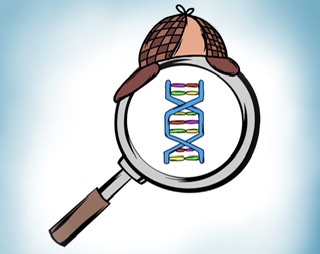The Innovative Map of Emerging BioTechnologies
Biotech companies are continuously offering and coming up with innovative and futuristic innovations. These advancements are having a transformative effect within the specific industries but at the same time also a disruptive impact, since the adoption of the new technologies is limited to those companies who are able to afford them.
We will focus on the most emerging biotechnologies that are being developed and might be disruptive in the near future.
For instance,
3D Bioprinting
exploits bioink material in order to create “tissue-like structures layer-by-layer” that is used to produce medicines and drugs when demanded, to create beneficial cells to be implemented in human bodies, to use these 3D results with the goal of improving research and surgery and decreasing exponentially the cost involved.
Biosensors
are devices calculating biological reactions through the generation of signals and allow to transform these reactions into an electrical response. Biosensors are used to detect analytes, which are substances that need to be measured such as glucose for instance. These technologies are not only used in the medical sector to diagnose problems but also in the food industry, the veterinary sector or even in the environmental sector in order to measure pollution for example.
CRISPR
is the most important discovery that occurred within the Gene Editing sector and it pushed a boosting advancement of this area. This invention allows the modification of DNA sequences to prevent genetic diseases and genetical issues.
Nanomedicine combines the three above mentioned technologies and it exploits the use of nanoproducts and machines to deliver more precise medical surgeries.
Last but not least, Synthetic biology & Metabolic engineering combines different aspects of biology to create impactful systems and machines within this sector.
To conclude, Tissue Engineering is a kind of technology aimed to ameliorate, substitute or produce biological tissues (ex. skin and bones). Moreover, tissue chips and biosensors are created to diagnose possible toxic agents within humans.



Comments
Post a Comment